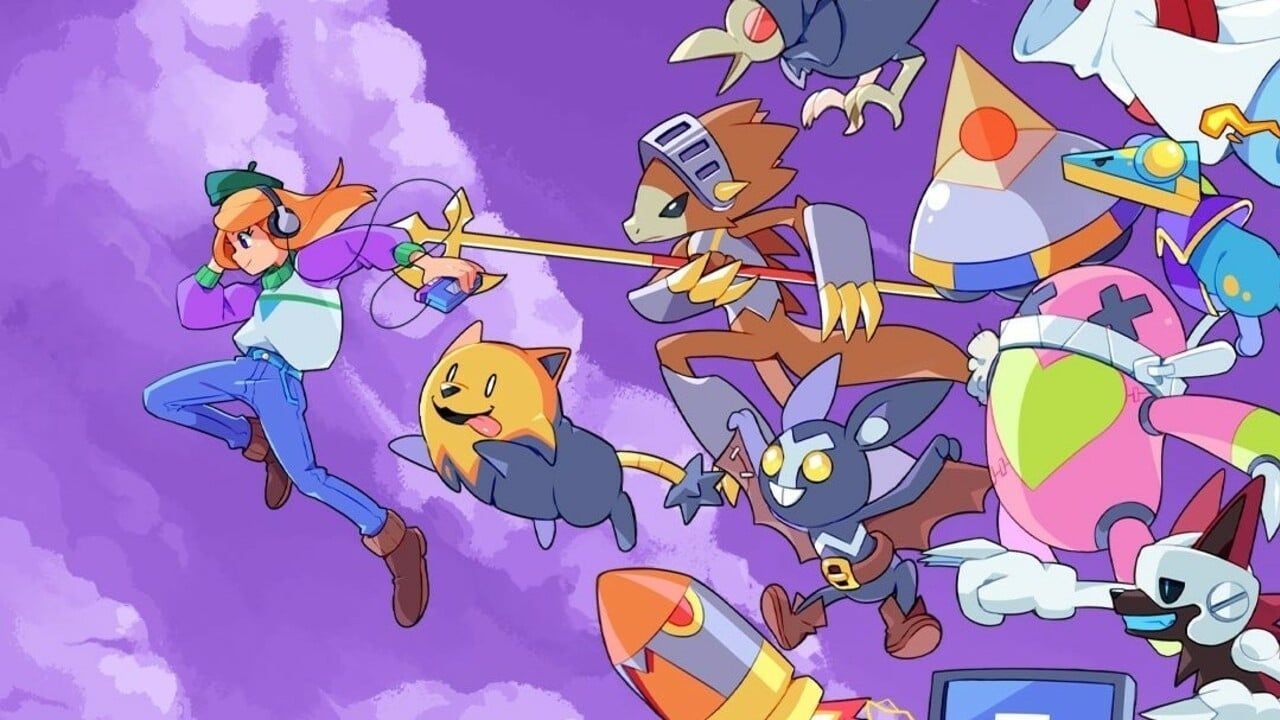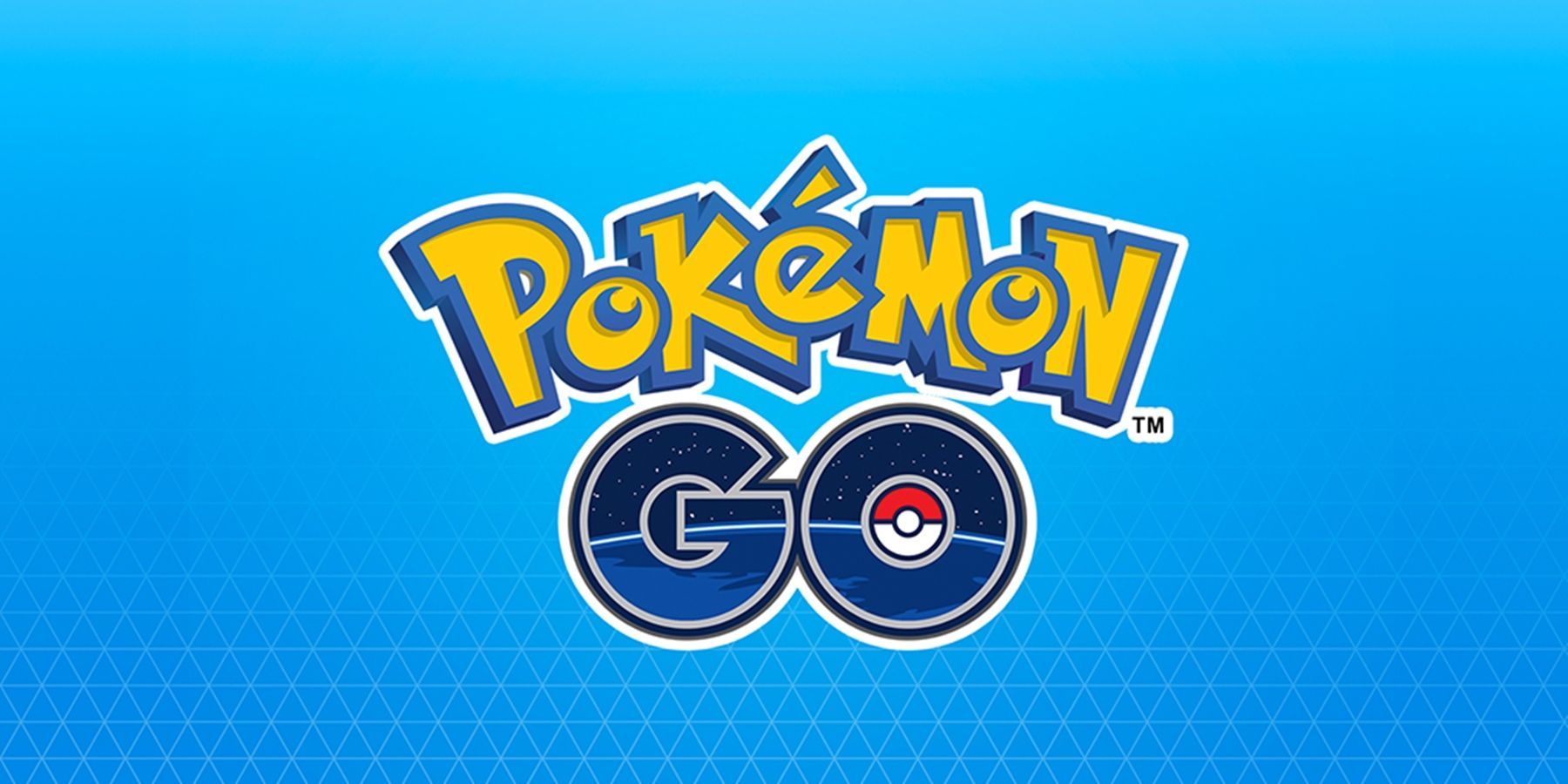Cassette Beasts Dev On Doing What Pokémon Doesn't In A Zelda-Inspired Overworld
“How can two people make a monster-collecting game that does stuff that Pokémon doesn’t do?”
This question was at the forefront of Jay Baylis and Tom Coxon’s early discussions on what would later become Cassette Beasts, a creature-collecting RPG with an emphasis on good tunes that launches on Switch on 25th May. The duo makes up Bytten Studio and has some experience under their video game belts, as both Baylis and Coxon previously worked on games such as Wargroove and Starbound over at Chucklefish. Together, they’re now tackling a genre dominated by that multimedia powerhouse, Pokémon.
Cassette Beasts obviously draws a lot of comparisons and inspiration from Pikachu and friends: you explore a world filled with over one hundred different monsters that you turn-based battle against, adding the ones you like to your team along the way. They also evolve, or ‘remaster,’ into more powerful forms. We played the demo on Steam (there isn’t one for Switch, at least not yet) and loved every minute of it. In particular, we enjoyed how the overworld took cues from The Legend of Zelda: A Link to the Past, which Baylis confirmed served as the primary blueprint for the denseness of their map and how they approached traversal abilities.
Baylis also didn’t shy away from those comparisons to Pokémon as we sat down for our call, stressing they wanted to take what people liked most about the genre and then move forward with how they could make Cassette Beasts different and unique.
“A lot of people will look at a game that has similarities and say, ‘that’s a Pokémon clone’” he tells us. “But you don’t get that with Metroidvania games; a lot of those games are very similar to Castlevania in a way that we are not to Pokémon.” It strikes Baylis as strange that people aren’t put off from making or buying first-person shooters when Call of Duty exists, so why is that the case with the monster-battler outside of a flood of shovelware on Steam and a handful of indie-developed titles?
To differentiate and innovate in a resource-intensive genre is a monumental task for two people. What could be their 'thing' to set them apart?
For Baylis, the answer was simple: fusions. With an interest in using art in unique ways through the video game medium, the duo came up with the idea to combine creatures together procedurally; every monster in the game, of which there are 120, can combine with every other monster to create a powerful fusion.
As you might imagine, designing and animating so many critters that also need 120 other animated forms each (yes, monsters can fuse with their own species) is impossible with over 14,000 theoretical combinations. Luckily, they had the experience and technological know-how to make it happen.
“[Our] procedural system animates every monster twice. The second time is the fusion form. It’s as if every monster has an action figure and a Lego version, where you can swap parts around. The fusion system mixes the parts on the modular sprite version, and as a consequence, they’re all fully animated and have attack animations. As far as I’m aware, we’re the only game to have done that [in this genre].”
It’s a much more involved system than the cursed Pokémon fusion website, which simply switches the face of one Pokémon for another. We, of course, had to ask if certain monsters wind up becoming hideous or humorous amalgamations in much the same way. Baylis confirmed that this is indeed the case, that some monsters you’d expect to look awesome together can look silly, while two cute critters might end up looking pretty cool. Baylis emphasised that the order also matters: the microphone-wielding Sirenade combined with the fiery Pombomb will make a Sirenbomb that looks different than the reverse, a Pomenade. The base monster designs are great, too. Traffikrab, a traffic cone-wearing crab, and Dandelion – you can guess what it looks like – gave us a laugh when we stumbled upon them.
Outside of fusions, Baylis and Coxon designed other aspects of Cassette Beasts to appeal to slightly older players that grew up with forgiving, kid-focused monster battlers, like Pokémon or the Digimon World games.
“Maybe [these players] want a game that tackles this genre with an adult slant to it," says Baylis. "I mean, one of the key things is that all our characters are young adults rather than teens or children. The world of Pokémon is like an idyllic fantasy escapism. We wanted to do something with a bit more maturity. [In Cassette Beasts], the characters themselves turn into monsters so they keep centre stage, which means they’re interesting and you can develop a story [around them].”
Your partner characters expand on the idea of journeying with your friends, which Baylis wanted to tap more into. You’re never alone in Cassette Beasts, taking someone along with you whenever you head out into the world; as your relationship with your partner grows, you befriend or can romance them. Relationship level powers up the strength of your fusions with your partner, but the romance itself has no mechanical benefit: it’s all part of a more mature roleplay. You can also opt to play local co-op with a real-world friend instead.
Bytten has also experimented with difficulty. While Baylis believes your first playthrough of Cassette Beasts won’t be too challenging if you follow and learn the game systems instead of swerving off the recommended path, upon beating it (or unlocking with a secret code if you prefer, although they do want to encourage a regular run first) custom game modes and settings become available. Adjusting the complexity of enemy AI, level scaling, and a hardcore ‘Nuzlocke’ mode are just the beginning.
“We have a really crazy custom game mode where you can randomise move pools on monsters, but also types and locations,” he elaborates. “So you could run a really insane New Game+, where Traffikrab is fire-type and only appears in end-game areas. Your starter is entirely different and a different type with other moves than usual.”
There seems to be less hand-holding, too. “You can get into late-game areas early by being very good at the battle system. Beating enemies ten levels above you by mastering statues, stuff like that.” Baylis and Coxon have been speedrunning the game, beating it faster and faster – but then again, they’re the developers. Playtesters have reached upward of 60 hours clearing Cassette Beasts exploring every dungeon and recording all the monsters onto cassette tapes.
We’re of the opinion that this genre works best on a handheld, and after wrapping up our desktop demo, we couldn’t wait to give Cassette Beasts a go on Switch, lounging on our sofa the same way we did with every monster collector from time immemorial, including all of Game Freak's. At the end of our interview, Baylis once again emphasised that he’s not against the comparison to Pokémon.
"We love Pokémon, sure, but we’re not making a game meant to be a tribute or derivative. We see Cassette Beasts as an attempt to make something very new in the space; people will be quite surprised to see how different it truly is.”
Cassette Beasts releases on PC today, 26th April, and is launching on Nintendo Switch on 25th May. We will, of course, have a review ready to see how this promising monster-battler fares on Nintendo’s hybrid console.
Source: Nintendo Life


